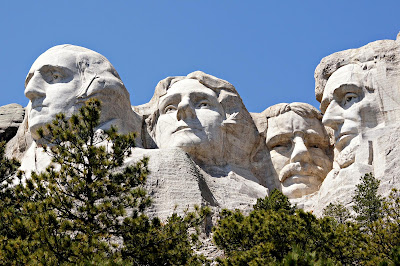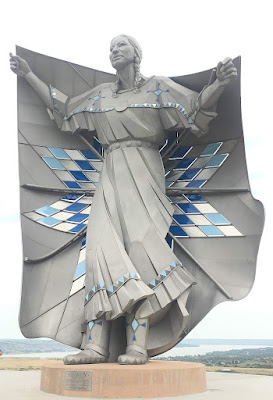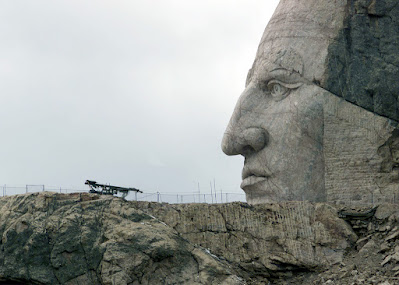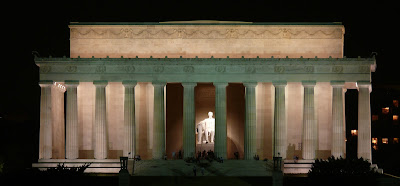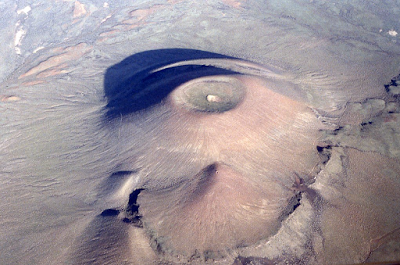This photograph caught my attention since this is an image of an older man wearing an expensive suit. Leibig is 55 years old and his face shows the weather of being outdoors in hard weather. This is not a stereotypical mugshot of a rancher from the wild west of Wyoming. Who was inmate John Leibig and what was the whole story of his incarceration? Why did President Wilson commute or lessen his sentence from one and a half years to one year? It is a long and complicated tale with lots of missing information so hold on to your hats for the story that is a small piece of history of Wyoming, USA.
Aliens and Slackers: Loyalty, Sedition and Vigilante Justice in World War I Wyoming. This professional piece of research is the foundation for what is written here combined with the prison file of John Leibig from Leavenworth Prison now archived at the National Archives online. If you are intrigued by this story and want to know the nitty-gritty details, read Aliens and Slackers, and you will not be disappointed.
By the 1890s, John Leibig is ranching in Leo, Wyoming, and goes on to create a very successful business on a prime piece of land with permitted access to water, a key to success on the American frontier. By 1905, Leibig became an American citizen and continued to build his ranching business by acquiring more land, sheep, and cattle.
The US Declares War on Germany
In spring 1917 Leibig is middle-aged with plans to sell the ranch and move to the warmer climate of southern California. As the details of the sale were being organized, the US Attorney's Office in Cheyenne received an anonymous complaint of John Leibig making treasonous statements.
Quoting from Phil Roberts, Aliens and Slackers:
"The warrant for his arrest charged him with an 'attempt to obstruct the Recruiting and Enlistment Service of the U. S. Army.' Affidavits, presented at the preliminary hearing on the following Thursday, made by unidentified Leibig neighbors, stated that Leibig 'believes that Germany has acted perfectly right in all her dealings, even as regards the murder and torture of Belgian women and children.' Another swore that Leibig 'had disposed of all his holdings in this section" and he planned to go to California and then into Mexico, 'so that he can from there aid his native country.' Names of the affiants were not mentioned in the news article."
The Alleged Murder of Louis Senfton
It is only after the death of Senfton that news reports come out that he was the anonymous person who had reported that John Leibig was making treasonous statements. This raises several important questions. The sale of Leibig's ranch was still pending at the time that he was reported for treason and at the time of the death of Senfton. As Phil Roberts points out, it is highly unlikely that John Leibig would agree to sell his property to Senfton if he knew of this. Were Senfton and his partners trying to obtain John Leibig's property through nefarious channels by accusing him of treason? Did John Leibig kill Senfton out of rage? Did Louis Senfton accidentally kill himself as John Leibig reported? Unfortunately, many of these questions may remain unanswered.
John Leibig's attorney Hugo Donzelman defended him at the week-long trial. The jury deliberated for two hours and found Leibig not guilty of murdering Louis Senfton. Even though Leibig was released the treason charges were still pending in a federal court in Cheyenne, Wyoming.
Espionage Act Violation and Threats Against the President
"Just before the case was to go to trial, Leibig changed his plea from "not guilty" to "guilty" on all counts. Given that he faced a possible 220 years' sentence in prison if found guilty, his decision to plead guilty likely came as the result of a plea bargain. Once the plea was entered, U. S. District Judge John Riner immediately sentenced him to 1 /1/2 years in the federal penitentiary at Leavenworth, Kansas. At that point, Leibig became only the second man in Wyoming sent to federal prison for violation of the Espionage and Sedition Acts."
Leibig is convicted of a violation of the Espionage Act and for making threats against the President. After the guilty verdict, John Leibig is taken into custody and transported to Leavenworth Prison in Kansas.
I think it is interesting to note that in Leibig's Trusty Prisoner's Agreement when asked to 'Give a full history of the crime for which you were sent here' the response is recorded as:
"It is alleged that I violated the Espionage Act and that I made threats against the President. I pleaded guilty." This is not an admission of guilt but clearly states the charges. We also learn that he plans to correspond with Charley Ellis of Difficulty, Wyoming, and John Schneider of Hanna, Wyoming.
Also included in John Leibig's inmate file is a copy of his sentence commutation from the Department of Justice. While not a full pardon, it lessens Leibig's sentence from 18 months to one year. It is signed by 'Pardon Attorney' James A. Finch. During this time period in American history, the only way to appeal a sentence was by requesting it from the President of the United States. I have to assume that the sentence of John Leibig was appealed by his lawyer, Donzelman and that the President's administration agreed to reduce his sentence by one-third.
While I previously speculated that John Leibig might have been something of a loner, the Correspondance List shows that he is in touch with attorneys, business contacts, and friends in Wyoming during his year at Leavenworth prison. The prison record shows that Leibig had no prison infractions and no prior convictions.
After his release in the Spring of 1919, John Leibig may be found in the 1920 US Census in Denver, Colorado living in a modest boarding house. It is interesting to note in the census document that John Leibig (age 57) lists a spouse, Diana Leibig (age 58).
SS Pennsylvania (1872) embarking on her trial trip, May 5 1873. The event was celebrated as a half-day holiday by the citizens of Philadelphia, about 50,000 of whom are said to have attended. Photo courtesy of wikimedia.
And this is where the trail of John Leibig goes cold. I can find no record of him or his wife Diana in the 1930 US Census. There is no evidence that he ever received fair payment for a homestead in rural Wyoming that he spent nearly three decades building.
And this should be the end of the story but it is not.
In April 1922 a US Attorney began formal legal proceedings to strip John Leibig of his citizenship though by US law Leibig automatically lost his citizenship when he was convicted of a felony. By 1922 John Leibig is nowhere to be found.
From Aliens and Slackers,
U. S. Attorney Albert D. Walton, who replaced Wilson appointee Rigdon when Harding became President, wrote to the postmaster in Hanna, Wyoming, asking about Leibig's whereabouts, adding that he assumed Leibig was dead. The postmaster answered, "In reply to your letter of May 2 relative to the death of John Leibig, [I] will say that I have no direct proof." He wrote that a local man, John Dolling of Medicine Bow, had received a letter stating that Leibig had died in Mexico and asking him to "advise relatives in Germany of his death."
Like Wyoming historian Roberts I have to ask why the United States government would work so hard to perform a redundant legal act? Was this common practice? Much of the evidence suggests that this had to be performed as the ranch of John Leibig and his patents for land use had never been legally transferred and there was no record of the sale. In essence, this also shows evidence of a motive for various people claiming treasonous statements from Leibig. As a wealthy immigrant who worked hard to homestead and build a ranch, he would have been envied for his land, his cattle, his sheep, and his water rights. Did the company that was buying him out convince neighbors to make false statements? Did the neighbors testify against John Leibig in his treason trial because they thought he had gotten away with murder when found not guilty of the death of Louis Senfton? Was this a case of wild west justice?
More from Aliens and Slackers:
"This rationale for stripping Leibig's citizenship gains currency from a letter written by Carpenter's lawyer. Rawlins attorney A. McMicken wrote to the U. S. Attorney in May 1922, asking what the effect of the citizenship cancellation might have "on lands patented to Leibig and sold by him to another who has since died and his estate has been closed and settled in probate and the lands disposed of to a third party under order of sale in probate." McMicken said the "last purchaser desired me to make inquiry."
There is a tricky legal situation here. A substantial ranch was about to be transferred to a company in which the deceased had a partial share and was to receive a substantial payment. His estate is finally valued at about $6,000 and the person who was a witness at the murder trial eventually bought the ranch for less than $1,000. It doesn't sound like a fair deal.
Anti-German Sentiment in the US
Also included in the inmate file of John Leibig is a letter received in June 1936 from a law firm representing the relatives of Leibig and asking the Warden if he had died in prison or been released. They are inquiring over "the disposition of his estate" as in, where is the money? In this letter, the lawyer states that his family believed that Leibig had handed over his estate to his lawyer Hugo Donzelman, also a German immigrant. (If you read his biography that is linked to his name in the previous sentence, Donzelman has a long and successful career as a lawyer in Wyoming.) Specifically, the lawyer is representing Leibig's sister and brother-in-law in Germany and their son John Richter who is at this time living in Chicago, Illinois.
The prison responds with basic information about John Leibig's sentence and shows the family that he was released 17 years prior to receiving the letter of inquiry. It does raise the question: Why did John Leibig never correspond with this family in Germany about where he went to after prison? Was Leibig embarrassed and ashamed over the prison sentence and the loss of his property and life's work? Did he feel guilty? In revisiting the correspondence list from his prison record, no one from Germany contacted him during his year-long prison sentence. Was John estranged from his sister? Germany has very rigid inheritance laws-- did the relatives of John Leibig think there was still property left to be distributed? I have to conclude that we will never know all of the answers here.
A final note: I have approached the story of John Leibig as an armchair researcher using and synthesizing information from online original documents. Hopefully, I have added a few more clues to the unusual life of John Leibig. I think one of my main goals was to build on the existing research by massaging a few extra observations from the original documents. I enjoy using the federal inmate records available at the National Archives to imagine what the life of another person would be like. I also want to help tell the stories of inmates whose stories are generally much more complicated and nuanced than they appear in newspapers or on television.


.jpg)
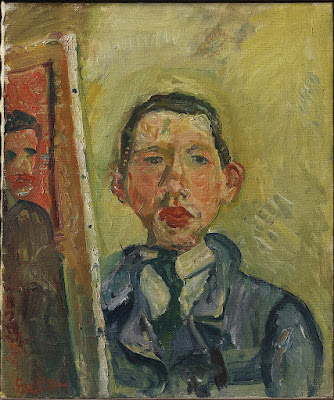






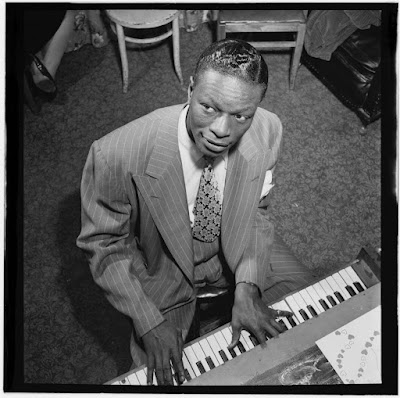
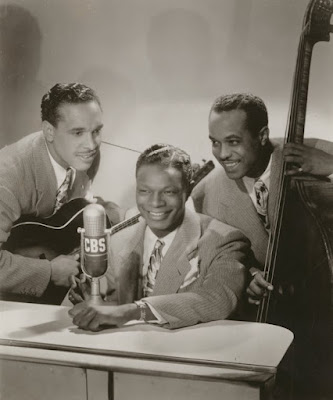







.jpg)



